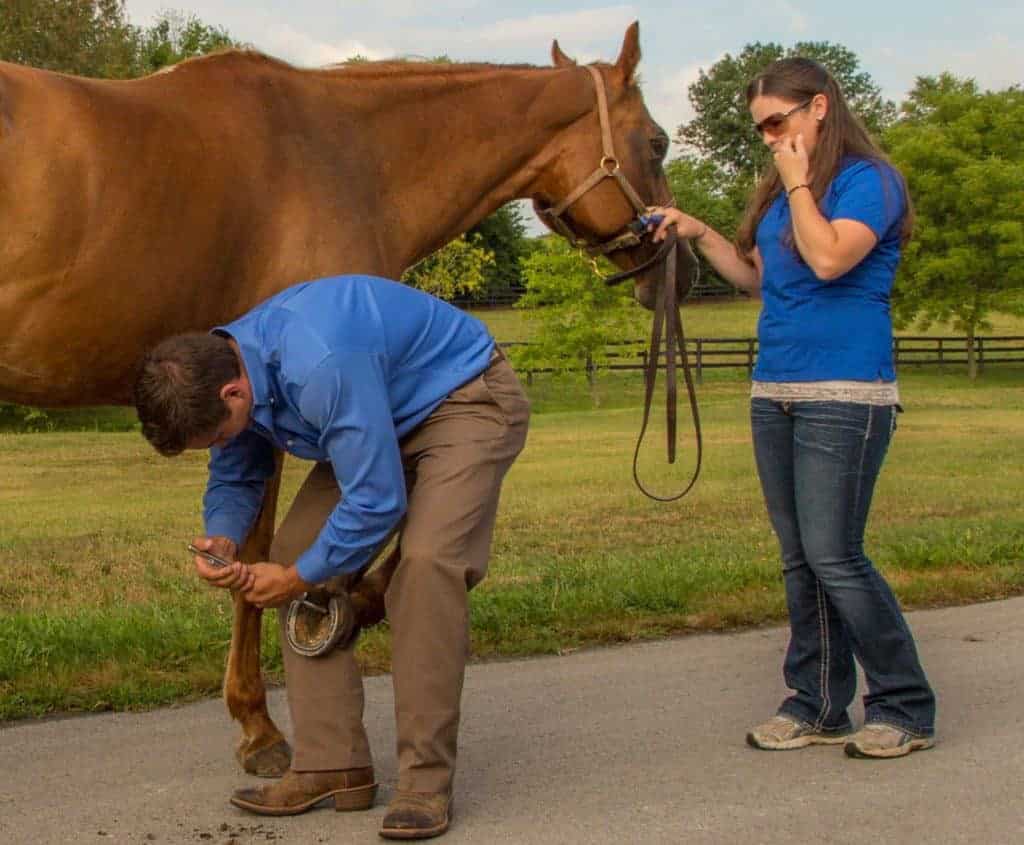
Getting a Read on Infection in Horses
Vets are using serum amyloid A, a naturally produced protein, to detect equine infections and monitor treatment.

Vets are using serum amyloid A, a naturally produced protein, to detect equine infections and monitor treatment.

Quantitative information provides better data for determining treatment and prognosis, researchers said.
Tweets and take-homes from Day 1 educational sessions at the 2017 British Equine Veterinary Association Congress.

Knowing those forces could pave the way for safer stables and interactions with (and between) horses, researchers say.

What might cause a horse to scratch or drag a leg while he’s lying down?

Objective measurements can lead to more targeted therapy and provide a basis for comparison as the horse improves.

Veterinarians and researchers are on an ongoing mission to reduce the number of racehorse injuries and deaths during racing and training.

Of the 755 respondents, 209 (28%) said foot-related lameness is their biggest equine lameness concern.

Horses’ oxygen consumption and cardiac output decreased by an average of 24% and 9%, respectively, when going downhill.

Changes in force distribution, combined with saddle fit, have a big impact on equine back health, for better or worse.

Scientists say Friesians benefit from specific exercise regimens and warmups based on their anaerobic threshold.

Learn about the signs, diagnosis, and management of repetitive stress-related fetlock injuries in racehorses.

Owners did not recognize laminitis in 42 out of 93 cases; rather, they cited undefined lameness, hoof abscess, or colic.

Find a safe and durable footing to support your horse’s soundness.

Intramitochondrial crystals could be related to horse joints’ ability to withstand mechanical stress, scientists say.

Learn how the all-important equine back functions and how to prevent problems from developing.
Stay on top of the most recent Horse Health news with
"*" indicates required fields